Day of the Dead: Traditions and Significance
August 15, 2025
Día de los Muertos, or Day of the Dead, is a vibrant celebration of life and death. This Mexican tradition honors deceased loved ones with joy and reverence. It is a time when the living and the dead reunite in spirit.
The holiday is rich with colorful customs and deep cultural significance. Families create altars, or ofrendas, adorned with photos, marigolds, and favorite foods of the departed. These offerings invite spirits to join the festivities.
Celebrated from October 31 to November 2, it coincides with the Catholic holidays of All Saints' Day and All Souls' Day. This blending of indigenous and European traditions creates a unique cultural tapestry.
Día de los Muertos is not a somber occasion. Instead, it is a joyous celebration of life, memory, and family. It reminds us that death is a natural part of the human experience, to be embraced rather than feared.
Origins and History of Día de los Muertos
The origins of Día de los Muertos stretch back thousands of years to pre-Hispanic cultures. The Aztecs, Toltecs, and other indigenous civilizations honored the dead with rituals tied to the agricultural cycle. This cyclical view of life and death deeply influenced the celebration.
With the Spanish conquest in the 16th century, Catholic traditions blended with indigenous beliefs. This fusion gave rise to the modern Día de los Muertos as we know it. The Spanish introduced All Saints' Day and All Souls' Day, aligning these with native customs.
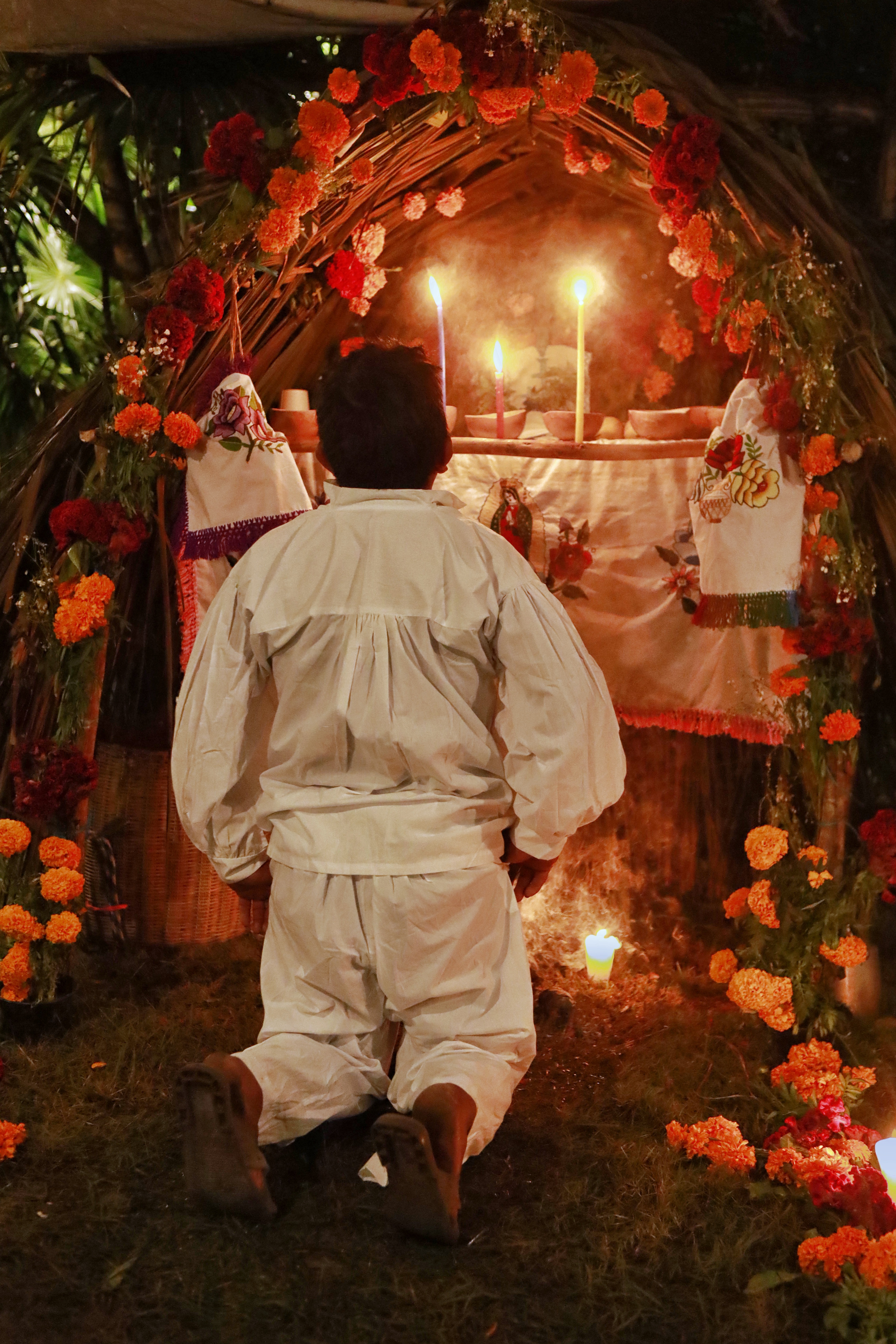
Today, Día de los Muertos is recognized globally, representing a rich tapestry of Mexican cultural identity. It showcases resilience and adaptation amid historical changes. Beyond Mexico, various regions have embraced the holiday, while honoring local customs.
Despite variations, the essence of the celebration remains unchanged: remembering and honoring loved ones who have passed away. This continuity highlights the holiday's enduring significance in connecting communities with their past and keeping traditions alive across generations.
When and Where Is Day of the Dead Celebrated?
Día de los Muertos is joyously celebrated from October 31st to November 2nd. These dates coincide with the Catholic observances of All Saints' Day and All Souls' Day. This timing underscores the holiday's theme of honoring ancestors.
Primarily celebrated in Mexico, this holiday finds expressions in many other regions. Communities with Mexican ancestry, across the United States and Latin America, also partake in these vibrant festivities. These areas have adopted and adapted the customs, enriching them with local flavors.
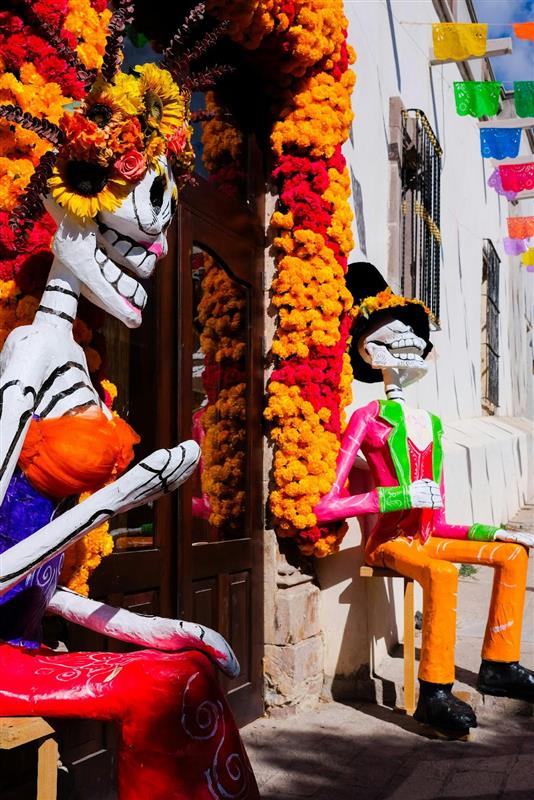
by Edgar Cavazos (https://unsplash.com/@edgar_cape)
Here's where Día de los Muertos is celebrated prominently:
- Mexico
- United States
- Latin America
- Parts of Europe
While each locale adds its unique touch, the underlying spirit remains. It's a time of celebration, reflection, and connection beyond borders. Visitors and locals alike come together to honor the timeless bond between the living and the deceased, creating an atmosphere of profound unity and remembrance.
The Meaning Behind the Muertos Holiday
At the heart of Día de los Muertos lies a rich tapestry of spirituality and reverence. This holiday fosters a unique dialogue between the worlds of the living and the dead. Embracing mortality with warmth, it eases the fear of death through heartfelt traditions.
The muertos holiday symbolizes a celebration of life in all its stages. Families gather to honor their ancestors, celebrating their memories with love and joy. This ritual connects participants to their roots, reinforcing familial bonds across generations.
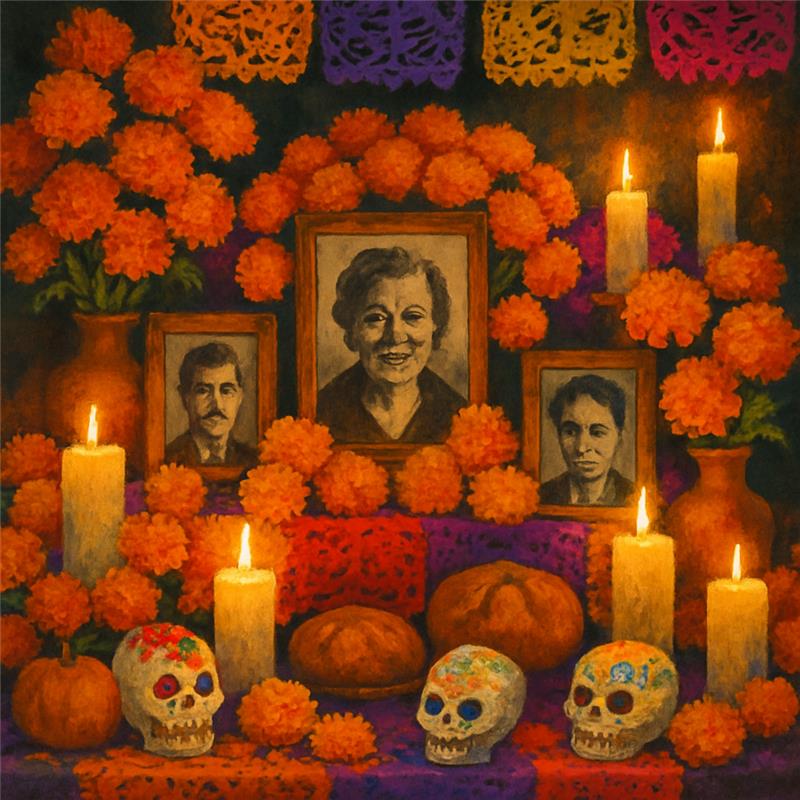
The muertos holiday symbolizes a celebration of life in all its stages. Families gather to honor their ancestors, celebrating their memories with love and joy. This ritual connects participants to their roots, reinforcing familial bonds across generations.
Unlike somber memorials, this holiday breathes life into remembrance. It transforms mourning into a jubilant tribute, celebrating the lives of those departed. Through this, it imparts lessons of life, continuity, and shared history, enriching the present with wisdom from the past.
Key Traditions and Rituals
Día de los Muertos is a festival rich in colorful traditions and age-old rituals. Every detail has deep cultural meaning, each symbol interwoven with stories. To understand it fully, we explore its core traditions that resonate with history.
Three fundamental elements mark this holiday: vibrantly decorated altars, communal cemetery gatherings, and traditional food offerings. These elements create a harmonious celebration of memory and life. Each provides a space for reflection and joy.
Key traditions include:
- Building and decorating ofrendas
- Visiting and decorating graves
- Sharing and preparing traditional foods
- Incorporating symbols like marigolds and calaveras
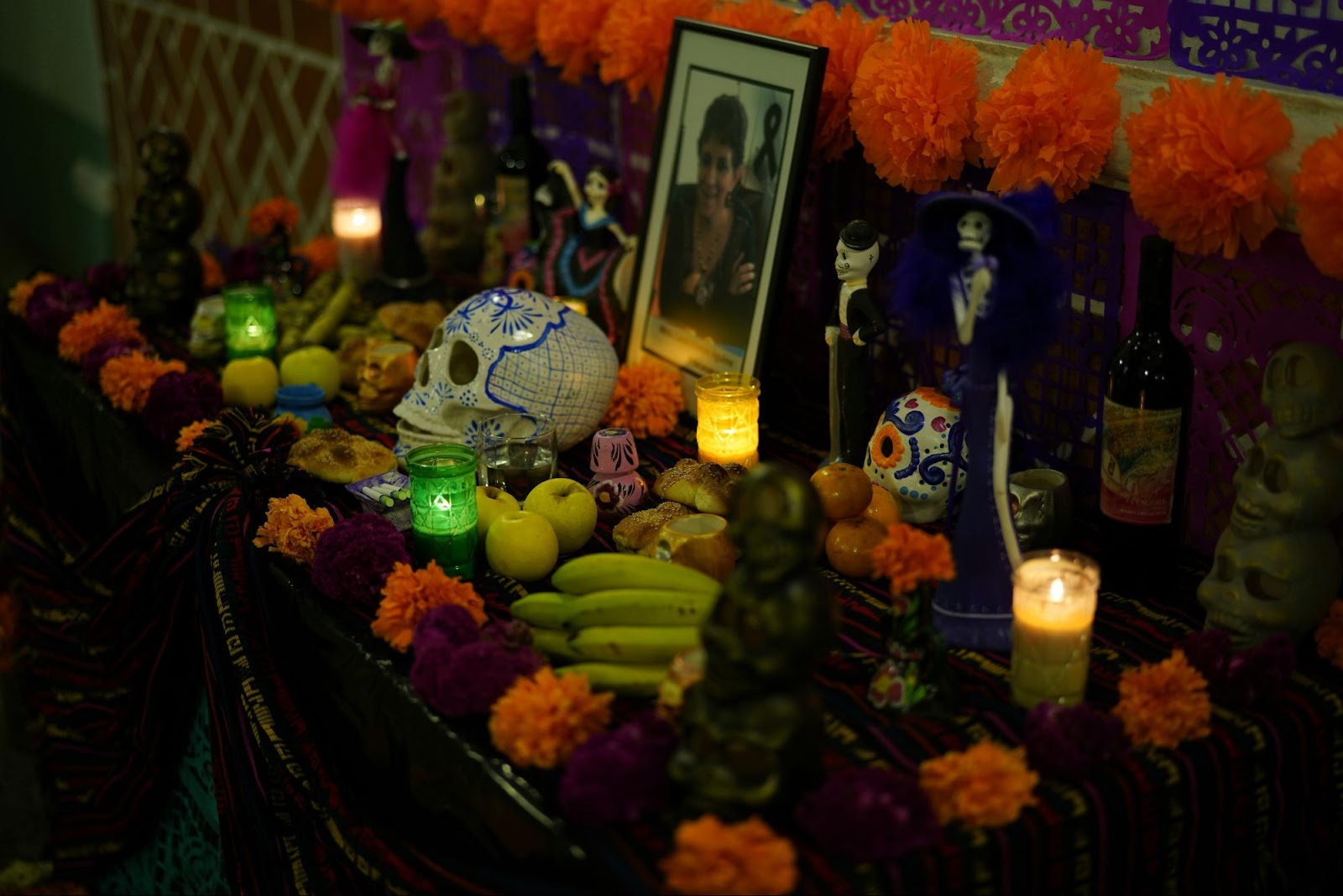
by 🇻🇪 Jose G. Ortega Castro 🇲🇽 (https://unsplash.com/@j0rt)
Together, these practices form a collective remembrance, binding past and present. They offer a vivid glimpse into a community's spirit and values.
Ofrendas: Altars of Remembrance
Ofrendas are at the heart of Día de los Muertos celebrations. These richly decorated altars are built in homes and cemeteries alike. Their purpose is to honor and welcome back the spirits of the deceased.
Each altar is laden with offerings that hold personal and cultural significance. Photographs, candles, favorite foods, and keepsakes adorn these elaborate displays. They serve as a colorful invitation for spirits to join the living.
The creation of an ofrenda is a deeply personal act filled with love. It combines the sacred with the familial, linking generations together. This timeless practice encapsulates the belief in an unbroken connection with ancestors.
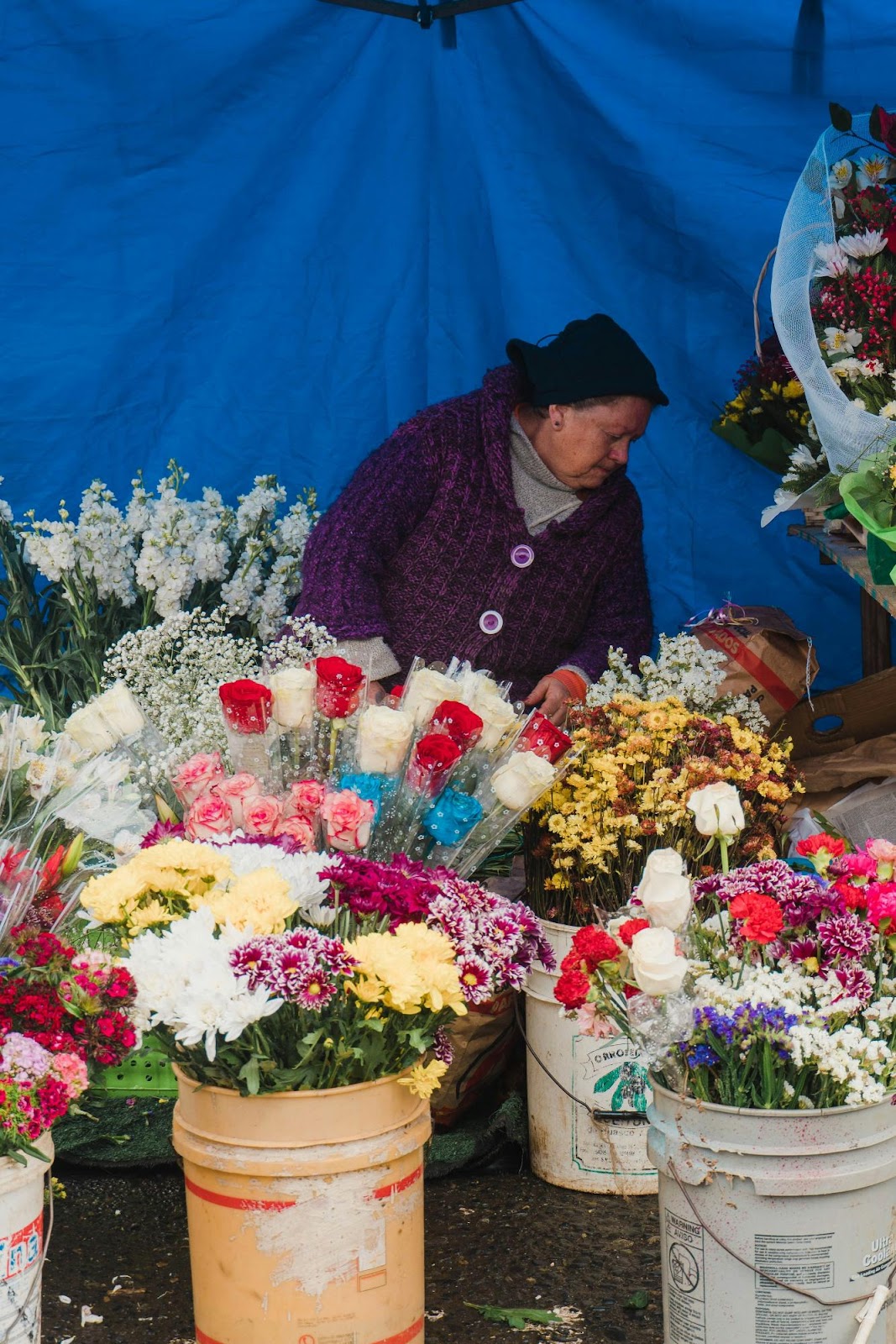
by Gustavo Sánchez (https://unsplash.com/@gustavo0351)
Building these altars invites reflection. It encourages those gathered to recount stories, ensuring the legacy of loved ones is passed down.
Visiting Cemeteries and Honoring Ancestors
A profound aspect of the holiday involves cemetery visits, where families come together in unity. The normally quiet spaces are transformed into vibrant gatherings. Gravesites become a canvas for life and memory.
Families clean and decorate the graves of their loved ones. They adorn the tombstones with marigolds, candles, and personal mementos. This act bridges the distance between the worlds of the living and the dead.
These visits are filled with joy. People share memories and tell stories, sometimes singing or playing music. This festive communion celebrates ancestry, offering warmth in shared reminiscence.
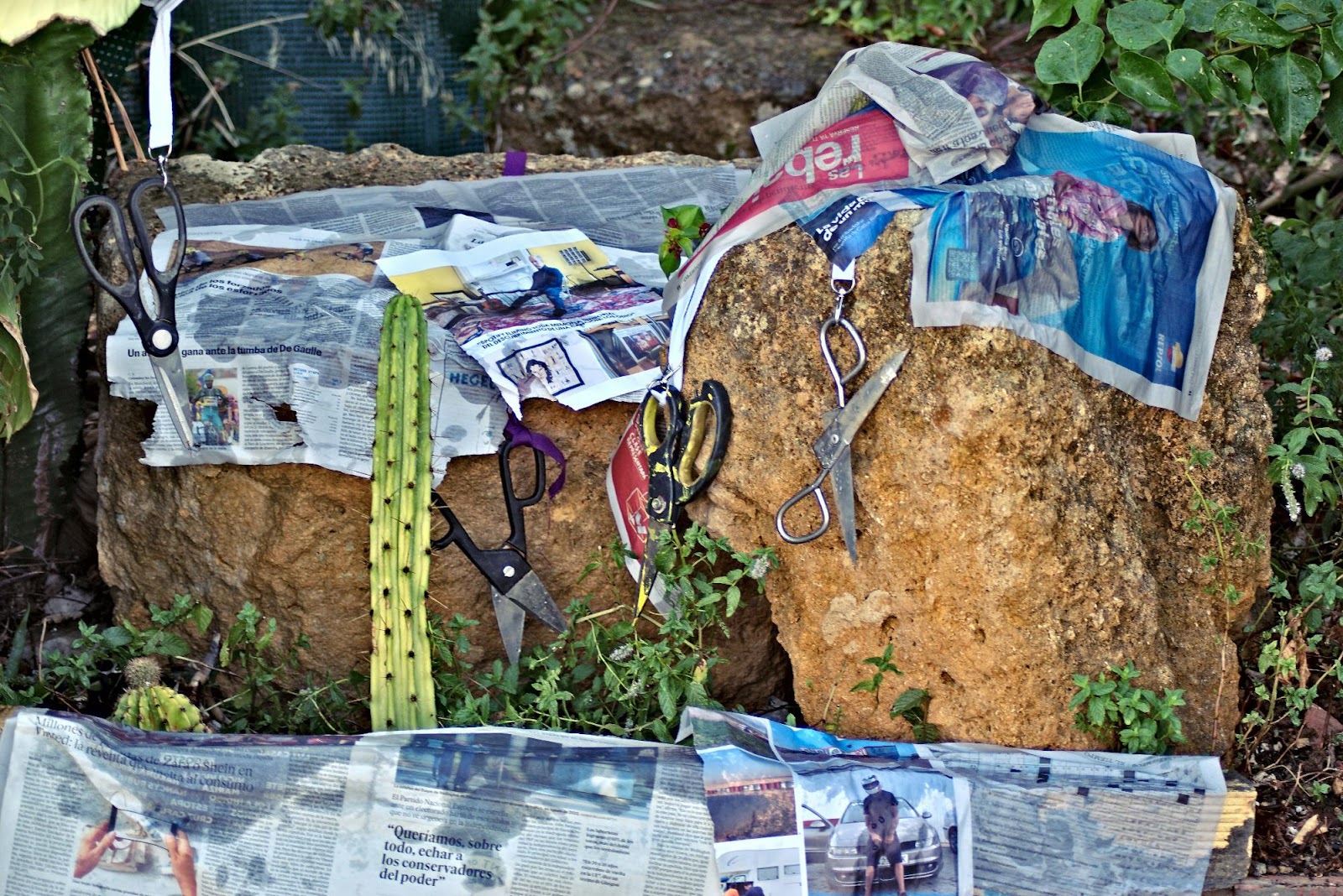
by Jose Manuel Esp (https://unsplash.com/@jmespiga)
In this lively setting, death is not mourned but joyfully acknowledged, celebrating the lives that once were.
Traditional Foods of Día de los Muertos
Food is an integral part of Día de los Muertos, transcending mere sustenance. Each dish is a link to the past, replete with nostalgia and love. These culinary offerings not only honor the dead but unite the living in tradition.
Some of the cherished foods include:
- Pan de muerto (sweet bread)
- Sugar skulls (calaveras de azúcar)
- Tamales and mole
- Atole (corn-based drink)
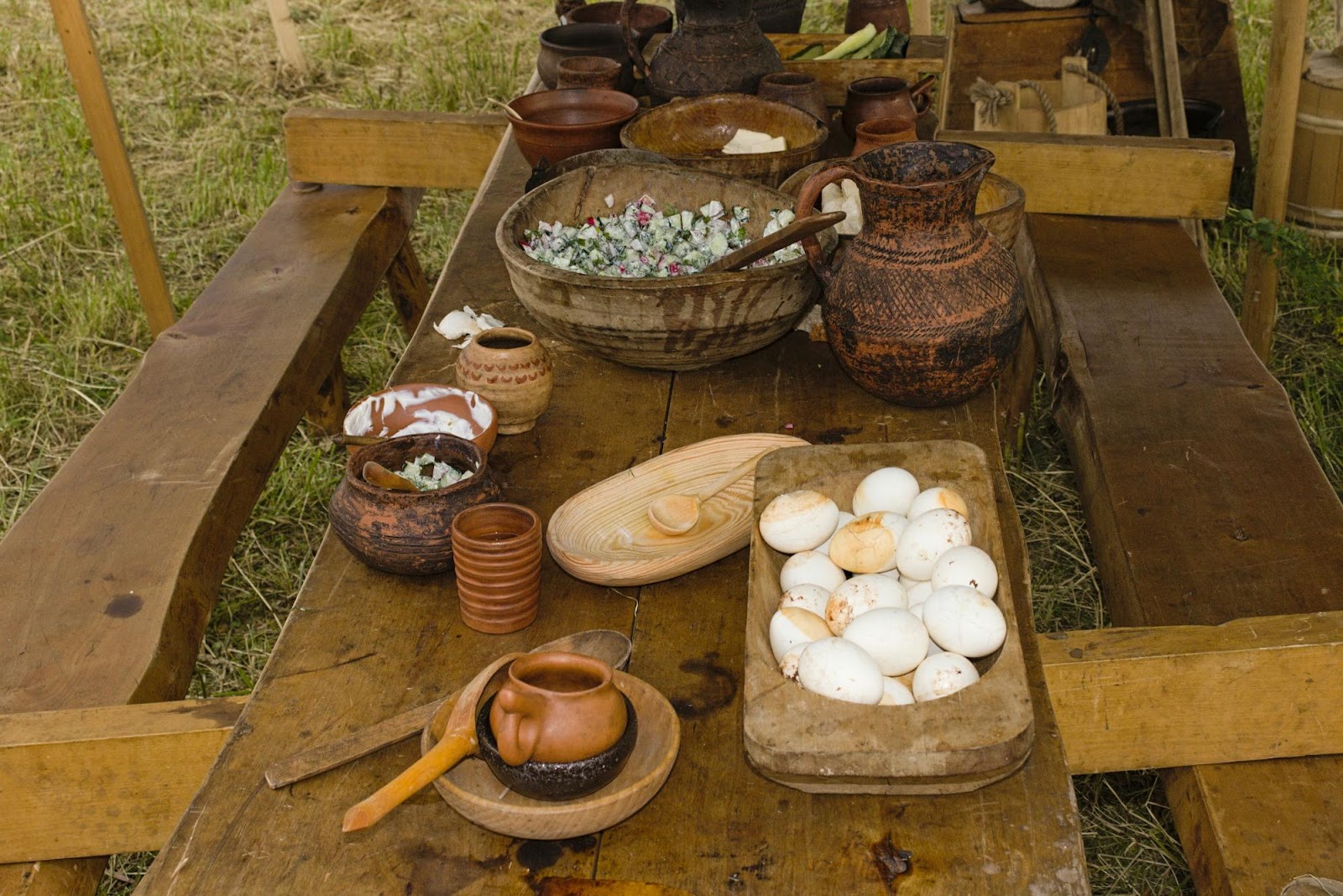
by Sergei Piunninen (https://unsplash.com/@linchk)
Pan de muerto, with its bone-shaped adornments, is a symbolic centerpiece at altars. Sugar skulls provide a sweet reminder of mortality, while tamales and mole offer the comfort of home-cooked meals.
Food inspires storytelling, where memories accompany every bite. Sharing these delicacies preserves culture and affirms identity through generational ties.
Symbols: Marigolds, Calaveras, and More
Symbols are the visual heart of Día de los Muertos, saturating the celebration with meaning. Marigolds, with their vibrant orange hue, guide spirits back to the realm of the living. Known as cempasúchil, they symbolize the fragility of life.
Other widely recognized symbols include:
- Calaveras (skulls)
- Papel picado (perforated paper banners)
- La Catrina (elegant female skeleton)
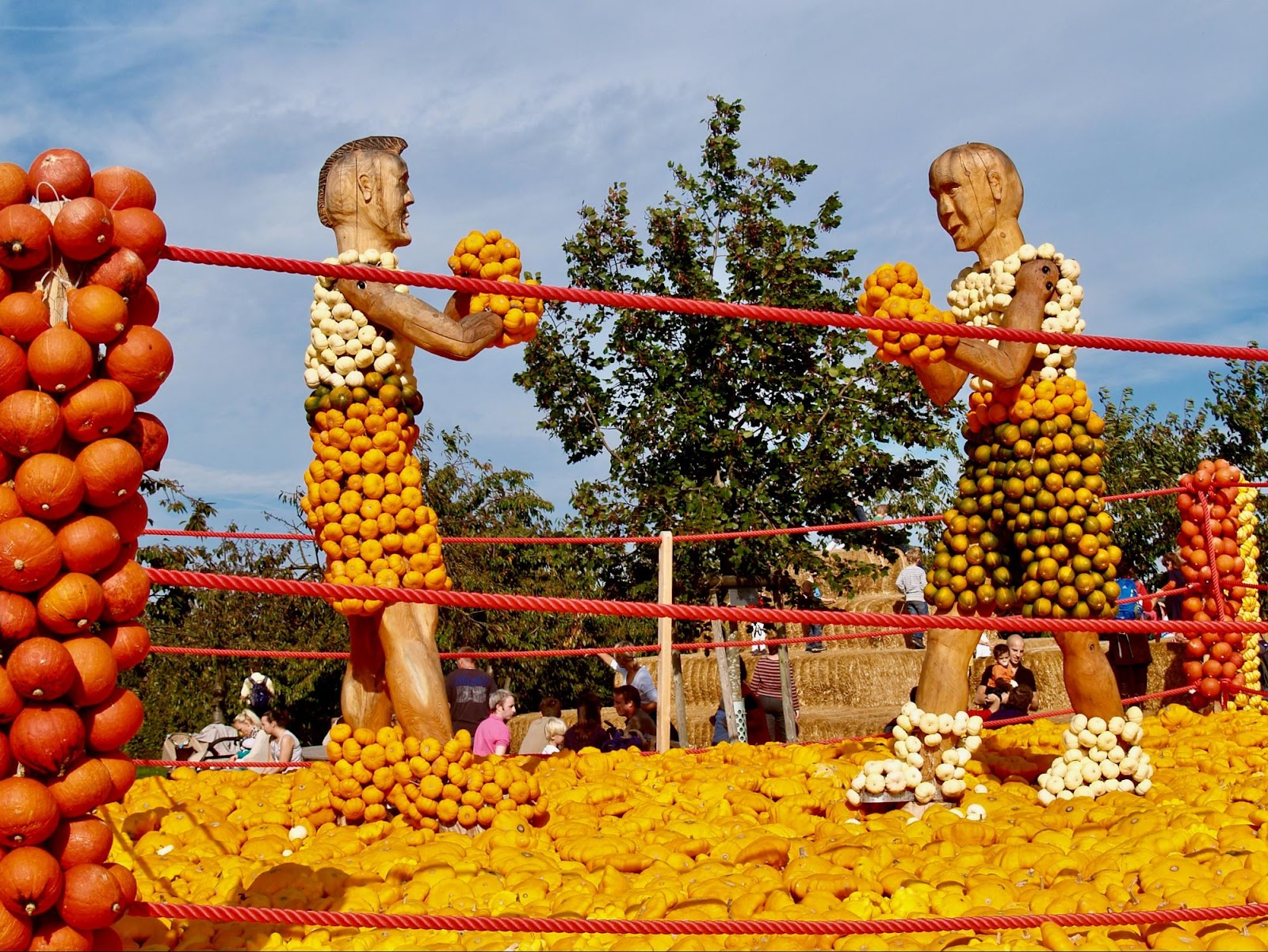
by Peter Burdon (https://unsplash.com/@peterburdon)
Calaveras, often rendered as whimsical divs, serve as a gentle reminder of life’s duality. Papel picado, fluttering in the breeze, depicts the impermanence of life in its delicate beauty.
La Catrina, an icon of inevitability, reminds us of life's cycle in a whimsical way. Together, these symbols create a tapestry that weaves joy into the celebration, portraying death as a natural part of life.
Fun Facts and Lesser-Known Insights
Día de los Muertos is rich with intriguing details that enhance its allure. Its roots stretch beyond the borders of Mexico, connecting with ancient Aztec and Mesoamerican traditions.
Here are some fun facts about Día de los Muertos:
- Incorporation of Syncretism: The holiday blends Catholic elements with indigenous beliefs, showcasing cultural resilience.
- Length of Celebration: It spans three days—October 31 to November 2—each day dedicated to different spirits.
- Use of Humor: Humor plays a role in the form of calaveras literarias—poetic epitaphs poking fun at death.
These insights reveal how Día de los Muertos is a dynamic interplay of history, humor, and cultural depth. Each element adds to its captivating spirit, making this holiday a unique celebration of life and legacy.
Day of the Dead Around the World
Though Día de los Muertos has its heart in Mexico, its influence stretches globally. Communities worldwide embrace its vibrant traditions, honoring ancestors and cultural identity.
Here's where Día de los Muertos is celebrated:
- United States: Cities like Los Angeles host lively parades and festivals.
- Latin American Countries: Countries like Guatemala and Brazil have similar observances.
- Philippines: The holiday aligns with All Saints' Day festivities, including cemetery visits.
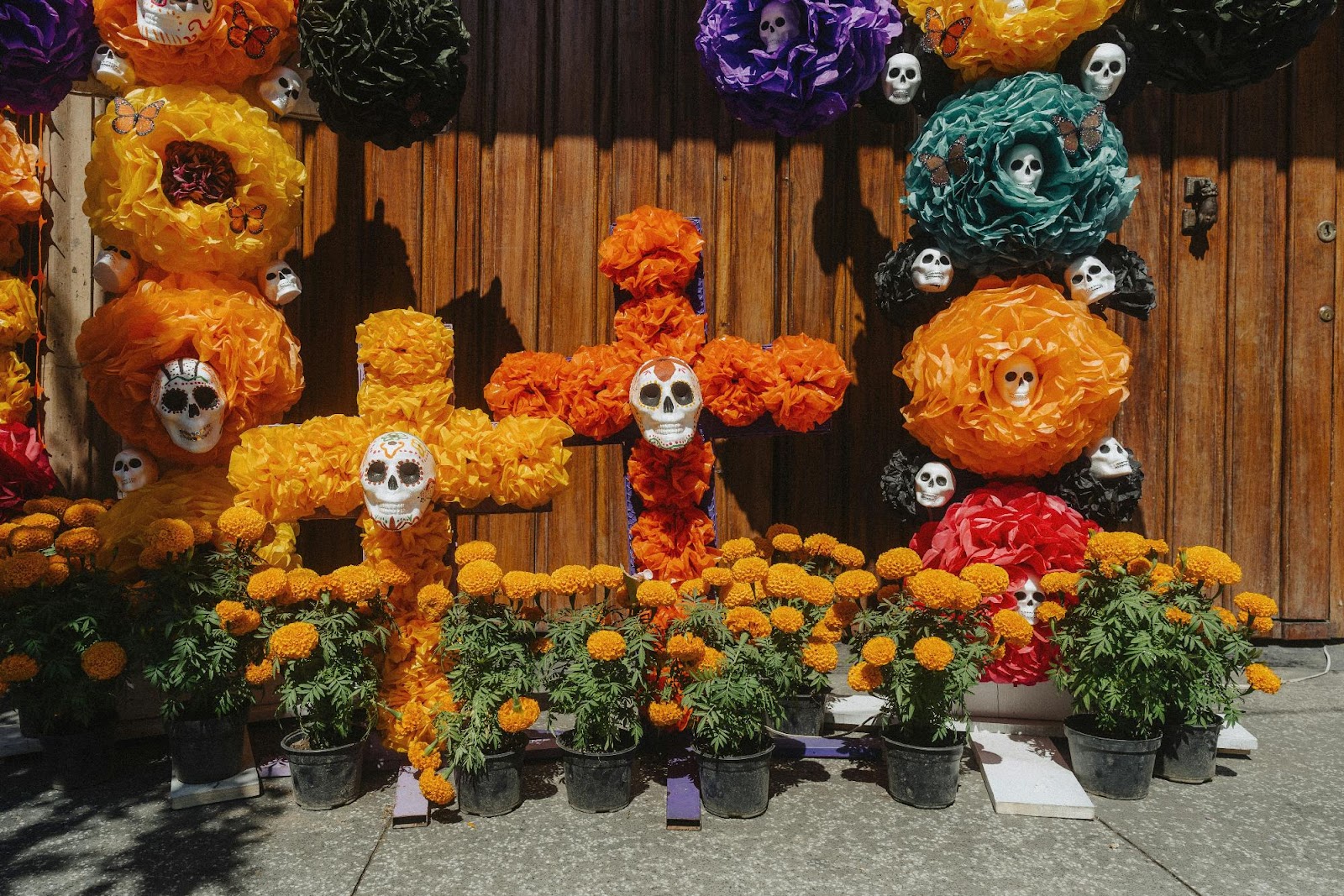
by Arturo Esparza (https://unsplash.com/@arturoeg_foto)
These global celebrations showcase the adaptability and appeal of Día de los Muertos. Each location adds its local flavor, enriching the holiday's universal message of remembrance and connection.
The Modern Spirit: Día de los Muertos Today
Today, Día de los Muertos is vibrant with modern influences while preserving its essence. The holiday embraces contemporary art, music, and fashion, attracting younger generations.
This cultural renaissance also finds a voice through social media. Platforms showcase colorful altars, elaborate costumes, and festive gatherings, spreading awareness and fascination globally.
Despite new interpretations, the core remains unchanged. Families still honor their ancestors, celebrating life and memory with profound love. This blend of tradition and innovation ensures Día de los Muertos continues to resonate deeply in a rapidly changing world.
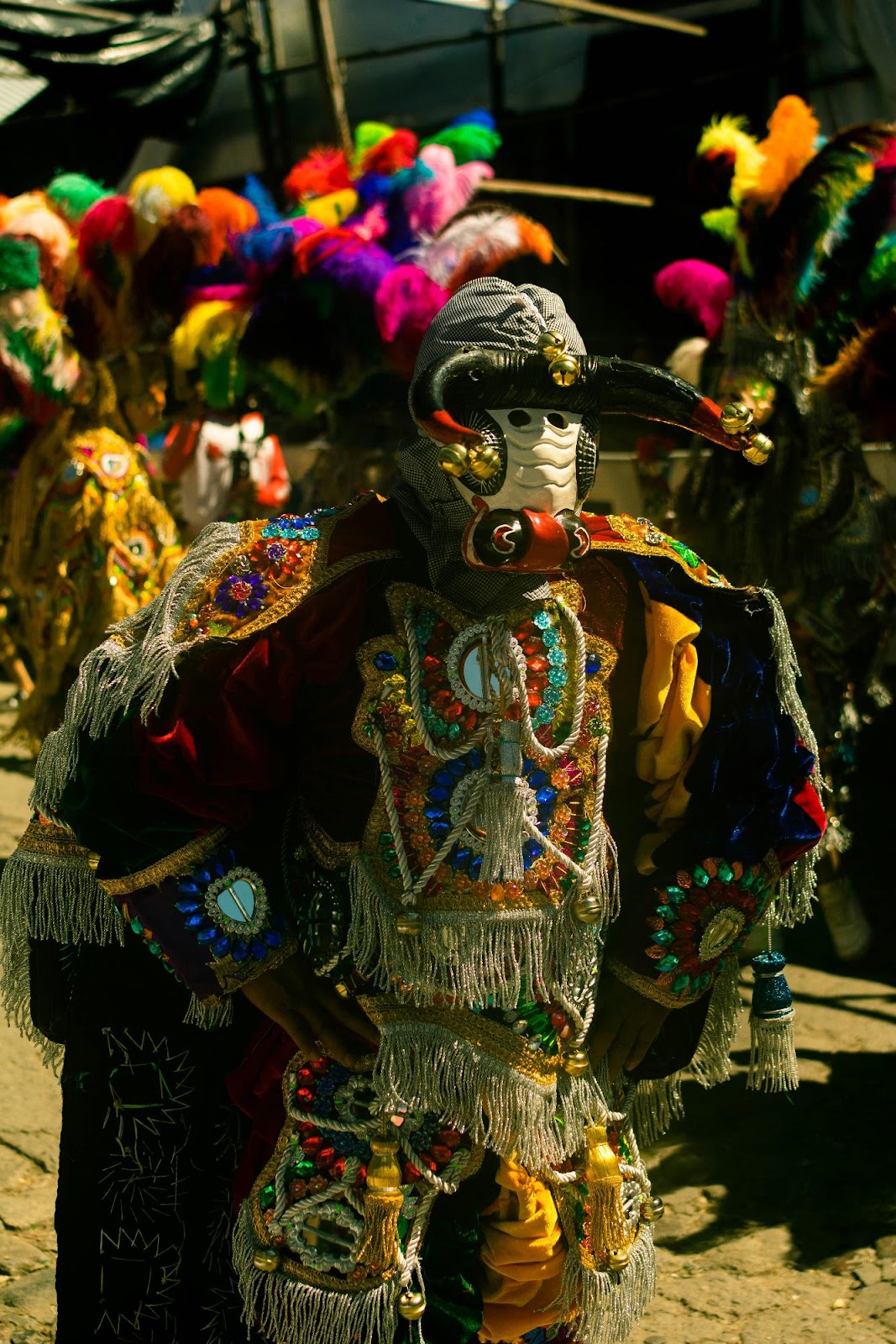
by Arleth Méndez (https://unsplash.com/@arlethmaria)
The Enduring Significance of Día de los Muertos
Día de los Muertos gracefully traverses time, blending the sacred with the festive. It serves as a bridge between worlds, honoring those who came before us. This celebration transcends mere tradition. It weaves a rich tapestry of remembrance, love, and cultural pride.
The holiday's vibrant customs ensure that memories of loved ones remain vivid and cherished. Ultimately, Día de los Muertos unites people across generations. It reminds us of the enduring bonds between the living and the departed.

Editora de Blog Xcaret. Comunicóloga que ama viajar, escribir, tomar fotografías y estar siempre rod...
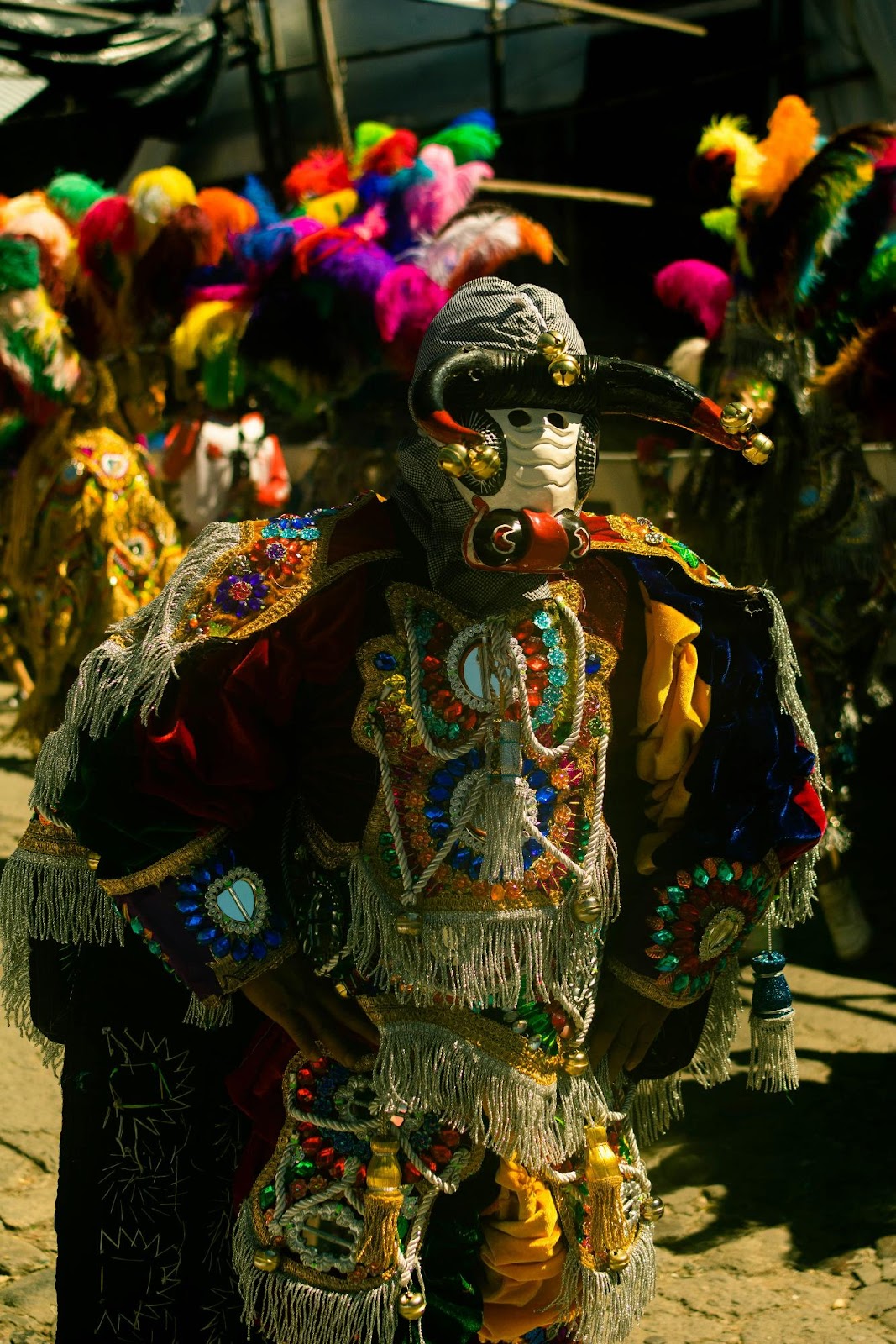
Posts Relacionados
Grupo Xcaret
Hotels






